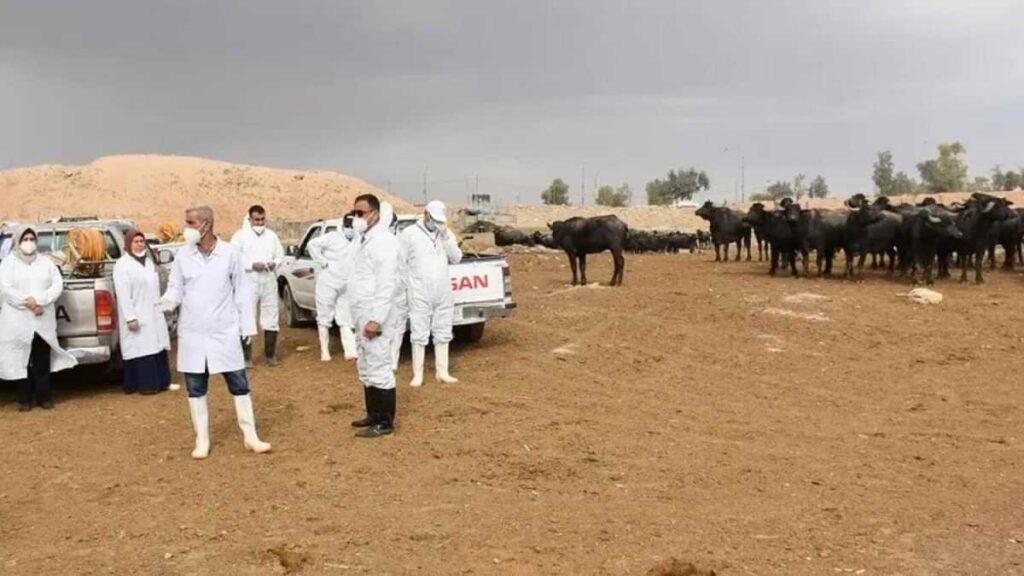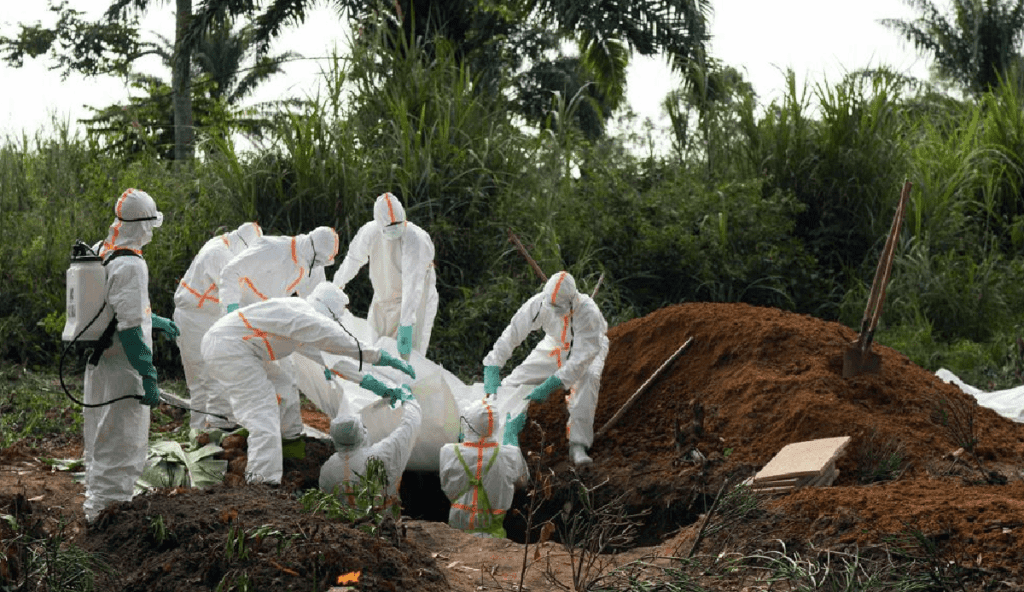iraq is currently facing a significant outbreak of hemorrhagic fever, specifically Crimean-Congo hemorrhagic fever (CCHF), with a total of over 377 confirmed cases. This viral infection can be transmitted to humans through contact with infected animals, their blood, or their bodily fluids.

CCHF is a severe and often fatal disease, with a case fatality rate ranging from 10% to 40%, depending on the virus strain and the severity of the infection.
This outbreak in Iraq surpasses all previous records, making it the largest ever documented in the country. The Thigar governorate in southern Iraq has reported the highest number of cases, although other regions, including Baghdad, Basra, and Diyala, have also experienced outbreaks. The Ministry of Health has confirmed that Health Minister Saleh Mahdi Al-Hasnawi chaired the committee, as stated in their official statement. This national committee for hemorrhagic fever control included officials from various Iraqi ministries, the National Security Agency, and a representative from the World Health Organization (WHO). Their collective efforts aimed to combat the spread of the disease, raise community awareness, and prevent the unauthorized slaughter of cattle outside of designated slaughterhouses.
The statement disclosed that the total number of infections in the country has reached 377, with recorded deaths accounting for approximately 14 percent of the cases.
The Ministry of Health’s spokesperson previously reported 212 infections in 2022, resulting in 27 fatalities. Ticks and livestock serve as carriers of hemorrhagic fever, transmitting it to humans. However, the disease can also spread from person to person through direct contact with the infected individual’s blood, secretions, organs, or other bodily fluids.
To contain the outbreak, the Iraqi government has implemented several crucial measures, including:
- Screening livestock: The government has initiated the screening of livestock to identify and control potential sources of infection.
- Vaccination: The government is prioritizing the vaccination of high-risk groups, such as farmers, and veterinarians. And abattoir workers, to minimize the risk of contracting CCHF.
- Disinfection protocols: Thorough disinfection measures are being implemented in areas where infected animals have been detected. Aiming to minimize the spread of the disease.
- Public awareness: The government is actively raising awareness among the general public about CCHF, its symptoms, and preventive measures.
Moreover, the government is collaborating with international health organizations to acquire additional supplies of CCHF vaccines. And treatment medications, reinforcing their efforts to combat the outbreak.
CCHF poses a significant threat to public health in Iraq. However, the government’s swift response and implementation of containment strategies are promising indicators. By maintaining ongoing vigilance and fostering cooperation from the public, it is possible to bring the outbreak under control.

Here are some essential facts about CCHF:
- Global prevalence: The CCHF virus, which is transmitted by ticks, is prevalent in various regions worldwide, including Africa, Asia, Europe, and the Middle East.
- Transmission: Infected ticks primarily transmit the virus to humans through their bites. Or humans can contract the virus through direct contact with the blood or bodily fluids of infected animals.
- Symptoms: Common symptoms of CCHF include fever, headache, muscle pain, fatigue, and bleeding manifestations.
- Treatment: Although there is no specific treatment for CCHF, supportive care plays a critical role in improving survival rates.
- Prevention: Preventive measures include avoiding contact with ticks and ensuring that high-risk groups receive vaccinations against the disease.
If you suspect exposure to CCHF, it is vital to seek immediate medical attention. Timely diagnosis and appropriate medical care can significantly impact the outcome for affected individuals.

Conclusion
Iraq is grappling with a substantial outbreak of hemorrhagic fever, specifically, CCHF. The government aims to control the spread of the disease through concerted efforts. Which involves screening livestock, vaccinating high-risk groups, implementing disinfection protocols, and conducting public awareness campaigns. By sustaining these measures and promoting public cooperation. It is possible to bring the outbreak under control and safeguard the health and well-being of the population.
Source By-https://en.wikipedia.org/wiki/Viral_hemorrhagic_fever


